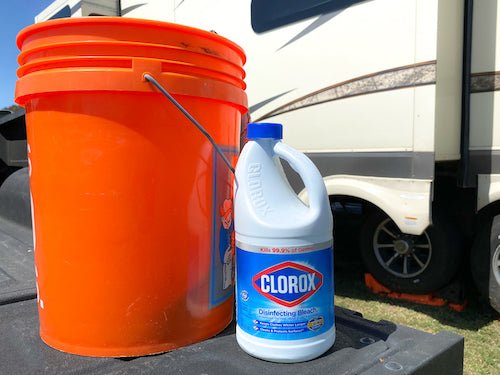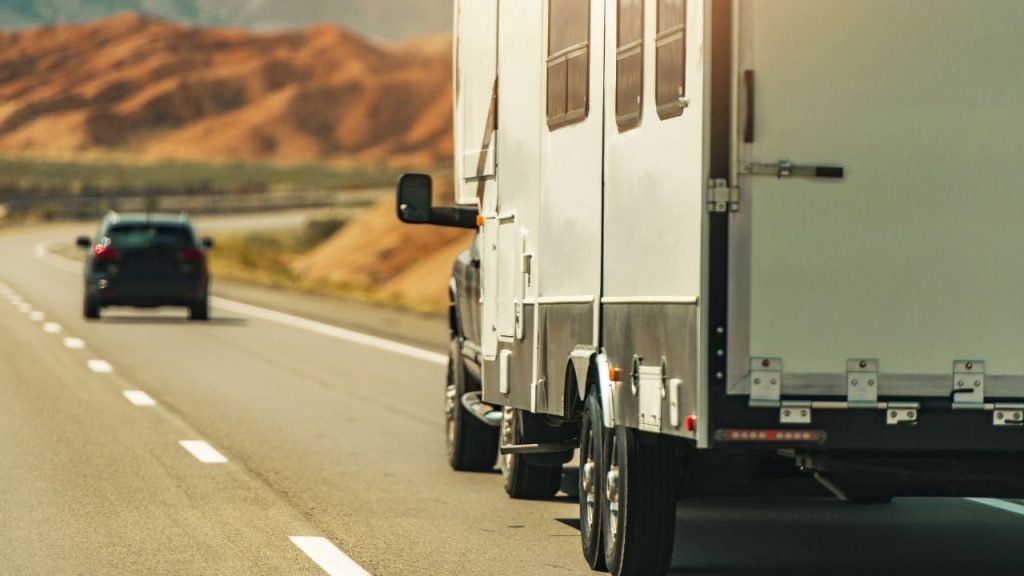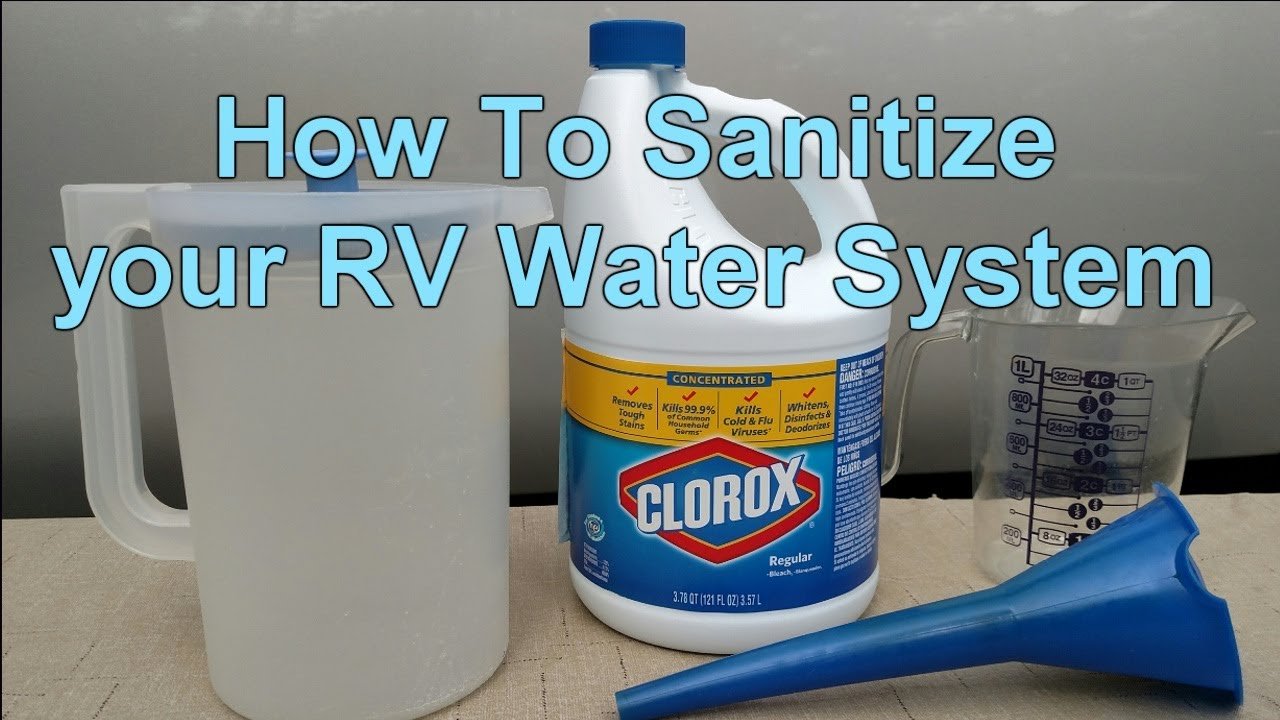No, you should not put bleach in an RV black water tank. Bleach can harm your RV’s plumbing and waste system.
Taking care of your RV’s black water tank is essential for a smooth journey. Proper maintenance ensures a clean and odor-free experience. Many RV owners wonder about using bleach for cleaning. Bleach is a powerful cleaner, but it might not be safe for all parts of your RV.
Using bleach can damage seals, pipes, and the tank itself. It can also kill the helpful bacteria that break down waste. In this blog, we’ll explore safer alternatives and best practices for keeping your RV black water tank clean and functional. Keep reading to learn more about maintaining your tank without causing harm.
Bleach And Rv Black Water Tanks
Using bleach in RV black water tanks is a debated topic. Some RV owners swear by it, while others caution against it. Let’s explore the properties of bleach, and its effects on tank materials.
Properties Of Bleach
Bleach is a powerful cleaning agent known for its disinfecting properties. It can kill bacteria, viruses, and fungi. This makes it a popular choice for cleaning and sanitizing. The main ingredient in bleach is sodium hypochlorite. This chemical compound is effective in breaking down organic matter.
Here are some key properties of bleach:
- Disinfectant: Kills germs and bacteria.
- Oxidizer: Breaks down organic matter.
- Corrosive: Can damage certain materials.
Effects On Tank Materials
RV black water tanks are typically made from materials like plastic or fiberglass. Bleach can have varying effects on these materials. The most significant issue is the potential for corrosion. Over time, bleach can weaken the tank walls and fittings.
Consider the following effects:
| Material | Effect of Bleach |
|---|---|
| Plastic | May cause brittleness and cracking. |
| Fiberglass | Can weaken and degrade over time. |
Using bleach in moderation might minimize damage. But frequent use is not recommended. Always dilute bleach before adding it to the tank. This helps reduce its corrosive effects.
Here are some tips for using bleach safely:
- Mix one part bleach with ten parts water.
- Pour the solution into the tank.
- Let it sit for a few hours.
- Flush the tank thoroughly with water.
Using bleach can be effective for cleaning. But it carries risks for your RV black water tank. Consider alternative cleaning agents designed for RV use. These are often safer for your tank materials.
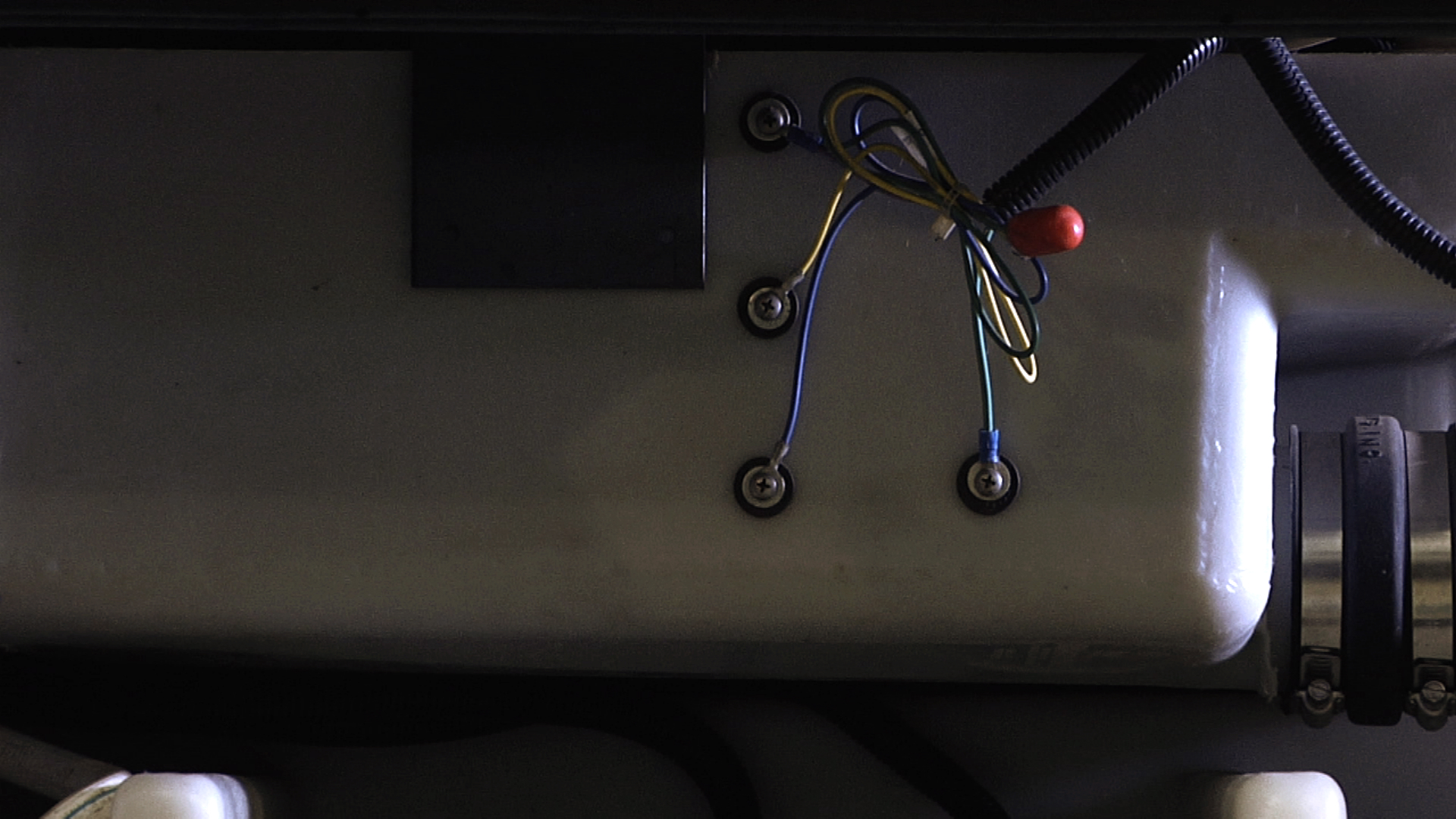
Credit: www.rvrepairclub.com
Safety Considerations
Using bleach in your RV black water tank is a contentious topic. The practice can have serious implications. It’s crucial to understand the safety considerations before proceeding. This section will cover the potential health hazards and environmental impact of using bleach in your RV’s black water tank.
Health Hazards
Bleach contains harmful chemicals that can pose health risks. Inhaling bleach fumes can irritate your lungs. This is especially dangerous in confined RV spaces. Bleach can also cause skin irritation. Always wear gloves when handling bleach. Ingesting bleach is extremely dangerous. Keep it out of reach of children and pets.
Mixing bleach with other cleaning agents can produce toxic gases. This can lead to severe respiratory issues. Ensure proper ventilation when using bleach. Never mix bleach with ammonia. This combination is particularly hazardous.
Environmental Impact
Bleach is not environmentally friendly. Dumping bleach into your RV black water tank affects the environment. It can kill beneficial bacteria in septic systems. These bacteria are essential for breaking down waste. Bleach can contaminate groundwater. This poses a risk to both wildlife and humans.
Consider using eco-friendly alternatives. Enzyme-based cleaners are effective and safe. They break down waste without harming the environment. These products are designed for use in RV systems. They are a safer option for both your health and the environment.
| Aspect | Bleach | Eco-Friendly Alternatives |
|---|---|---|
| Health Risks | High (fumes, skin irritation, toxic if ingested) | Low (generally safe for use) |
| Environmental Impact | Negative (kills beneficial bacteria, contaminates water) | Positive (safe for septic systems, non-toxic) |
| Ease of Use | Moderate (requires safety precautions) | Easy (safe to handle) |
By understanding these safety considerations, you can make informed decisions. Always prioritize your health and the environment.
Alternatives To Bleach
Using bleach in your RV’s black water tank can be a common practice, but it isn’t always the best option. Bleach can be harsh and may damage your tank over time. Luckily, there are safer alternatives to bleach that can still effectively clean your tank. Let’s explore some of these options below.
Natural Cleaning Solutions
Natural cleaning solutions are gentle on your RV’s black water tank. Vinegar and baking soda are popular choices. They can effectively break down waste without causing damage. Mix equal parts vinegar and water, then add some baking soda. Pour this mixture into the tank and let it sit for a few hours. Rinse thoroughly with water afterward.
Lemon juice is another natural cleaner. Its acidic nature helps to break down waste. Pour a cup of lemon juice into the tank, let it sit, and then rinse well. These natural methods are eco-friendly and safe for your RV.
Commercial Cleaners
Commercial cleaners designed for RV black water tanks are widely available. These products are formulated to clean and deodorize the tank. They come in various forms such as liquids, tablets, and powders. Follow the instructions on the product for best results.
Some popular commercial cleaners include Camco TST, Aqua-Kem, and Happy Campers. These cleaners are safe for your tank and effective at eliminating odors and waste buildup. They are easy to use and provide a reliable cleaning solution for RV owners.
Expert Tips For Maintenance
Maintaining your RV’s black water tank is crucial for a pleasant travel experience. Proper care ensures longevity and prevents unpleasant odors. Below are expert tips for RV black water tank maintenance.
Regular Cleaning Schedule
Set a regular cleaning schedule for your RV’s black water tank. Clean the tank at least every two weeks. Use a tank cleaner specifically designed for RVs. This helps prevent buildup and clogs. Regular cleaning also reduces odors.
| Task | Frequency |
|---|---|
| Empty black water tank | Weekly |
| Clean with tank cleaner | Every two weeks |
| Check seals and connections | Monthly |
Proper Disposal Techniques
Proper disposal is essential for maintaining a healthy RV environment. Always empty the black water tank at a designated dump station. Use gloves to avoid direct contact with waste. Rinse the tank thoroughly after emptying. This prevents residue buildup and keeps the tank clean.
Follow these steps for proper disposal:
- Wear gloves before starting.
- Attach the sewer hose to the RV outlet.
- Secure the other end to the dump station inlet.
- Open the black tank valve and let it empty completely.
- Close the valve and rinse the tank with water.
- Detach the hose and clean it before storing.
Remember, proper disposal protects the environment and keeps your RV in good condition.
Diy Cleaning Solutions
Maintaining the cleanliness of your RV black water tank is crucial. DIY cleaning solutions can be very effective and budget-friendly. These solutions can help you keep your tank in top condition without the need for harsh chemicals like bleach.
Homemade Cleaners
Using homemade cleaners is a safe and eco-friendly way to maintain your RV black water tank. You can easily make these cleaners with ingredients you likely already have at home.
- Baking soda and vinegar: These are natural cleaners that help break down waste and control odors.
- Dish soap: Gentle yet effective in cleaning the tank walls and pipes.
- Borax: This is another great option for its disinfecting properties.
Step-by-step Guide
Follow this simple guide to use DIY cleaners effectively:
- Empty the tank: Make sure to completely empty the black water tank.
- Prepare the cleaner: Mix one cup of baking soda with one cup of vinegar. You can also add a few drops of dish soap.
- Pour the mixture: Pour the mixture into the tank through the toilet.
- Add water: Fill the tank with water, about halfway.
- Let it sit: Let the mixture sit in the tank for at least 24 hours. This helps break down waste and clean the tank walls.
- Flush the tank: After 24 hours, flush the tank with plenty of water.
- Repeat if necessary: If the tank is still not clean, you can repeat the process.
These steps will help you keep your RV black water tank clean without using bleach. Homemade cleaners are not only safe but also effective.
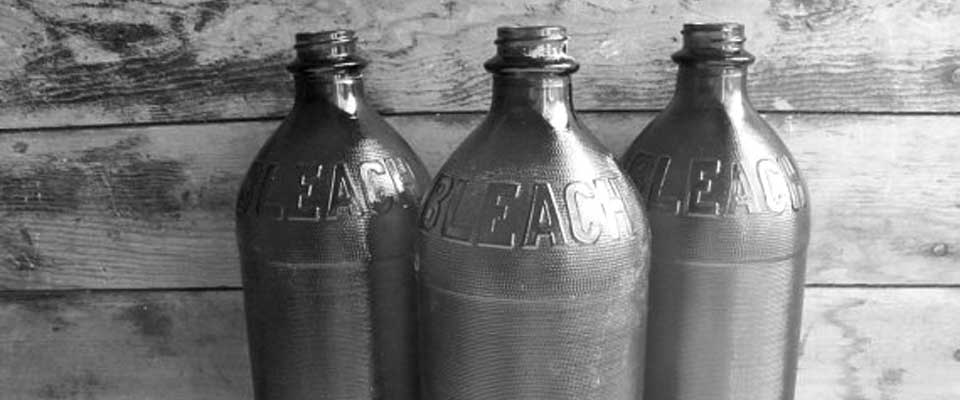
Credit: askkleentank.com
Common Mistakes To Avoid
Maintaining your RV black water tank is crucial. Yet, many people make common mistakes. These errors can lead to costly repairs or unpleasant experiences. Knowing what to avoid can save you time and money.
Overuse Of Chemicals
Some believe more chemicals mean a cleaner tank. This is a mistake. Overusing bleach or other cleaners can damage your tank. It can also harm the environment. Use the recommended amount for safe and effective cleaning.
Ignoring Tank Sensors
Tank sensors help you know when to clean or empty your tank. Ignoring these sensors can lead to overflows. This can cause damage and create a messy situation. Always pay attention to your tank sensors. They are there to help you.
Frequently Asked Questions
Can You Put Bleach In Rv Black Water Tank?
Yes, you can put bleach in your RV black water tank. Use it sparingly to sanitize. Avoid overuse as it can damage seals and components.
How Much Bleach To Use In Rv Tank?
Use about 1/4 cup of bleach per 15 gallons of water. This amount is effective for sanitizing without causing damage.
Is Bleach Safe For Rv Plumbing?
Bleach is generally safe for RV plumbing if used correctly. However, excessive use can harm rubber seals and other components.
How Often Should You Use Bleach In Rv Tank?
Use bleach in your RV black water tank only a few times a year. Frequent use can damage the tank and plumbing system.
Conclusion
Using bleach in your RV black water tank? Not a great idea. Bleach can damage seals and gaskets. It also kills good bacteria in septic systems. Instead, use RV-specific treatments. They clean and deodorize safely. Regular maintenance is key. Clean your tank often.
This avoids buildup and odors. Stay safe and keep your RV in top shape. Happy travels!

